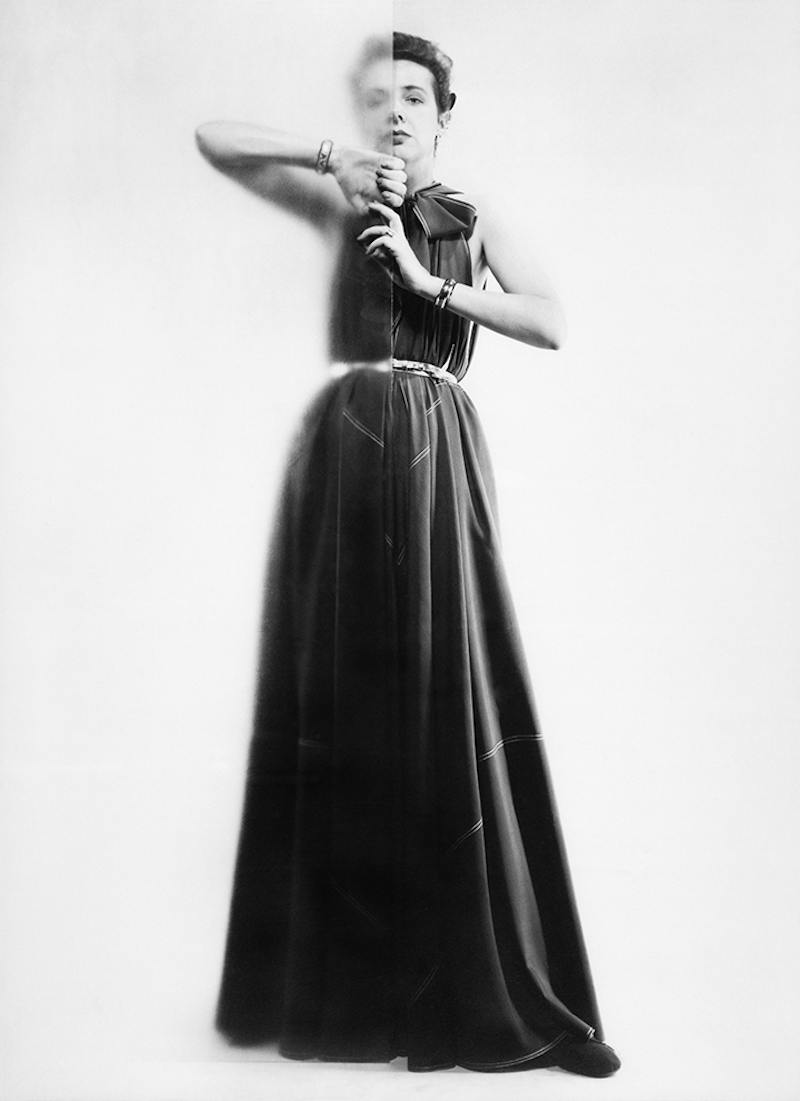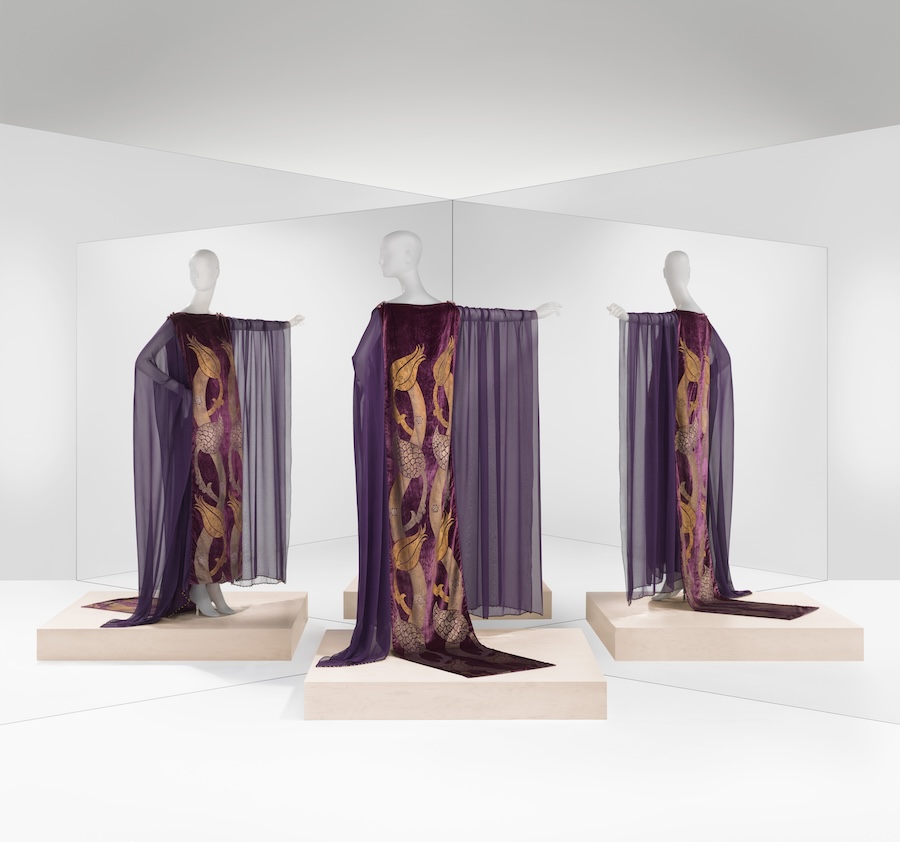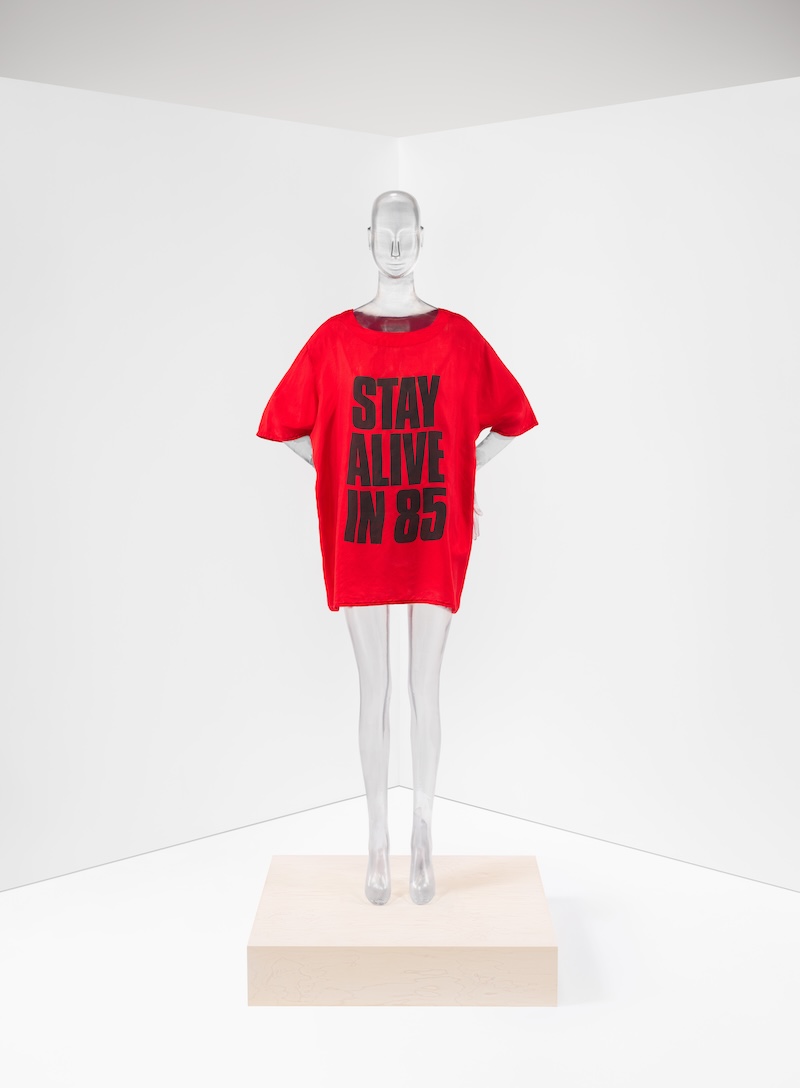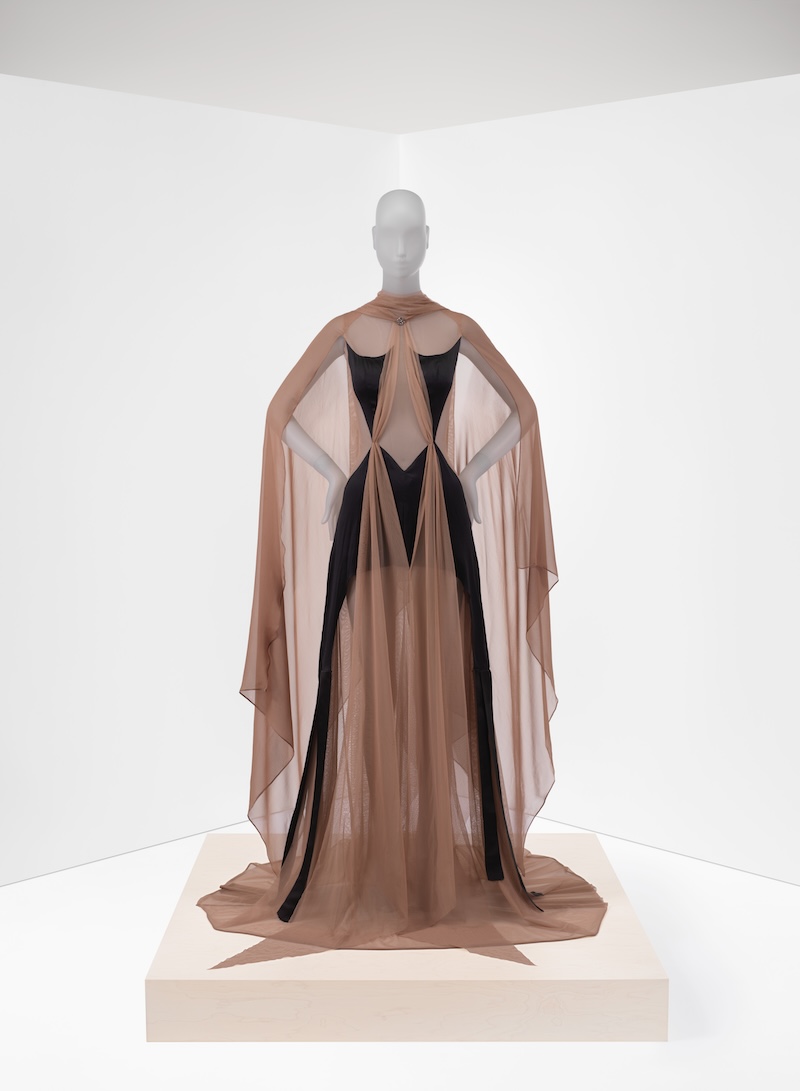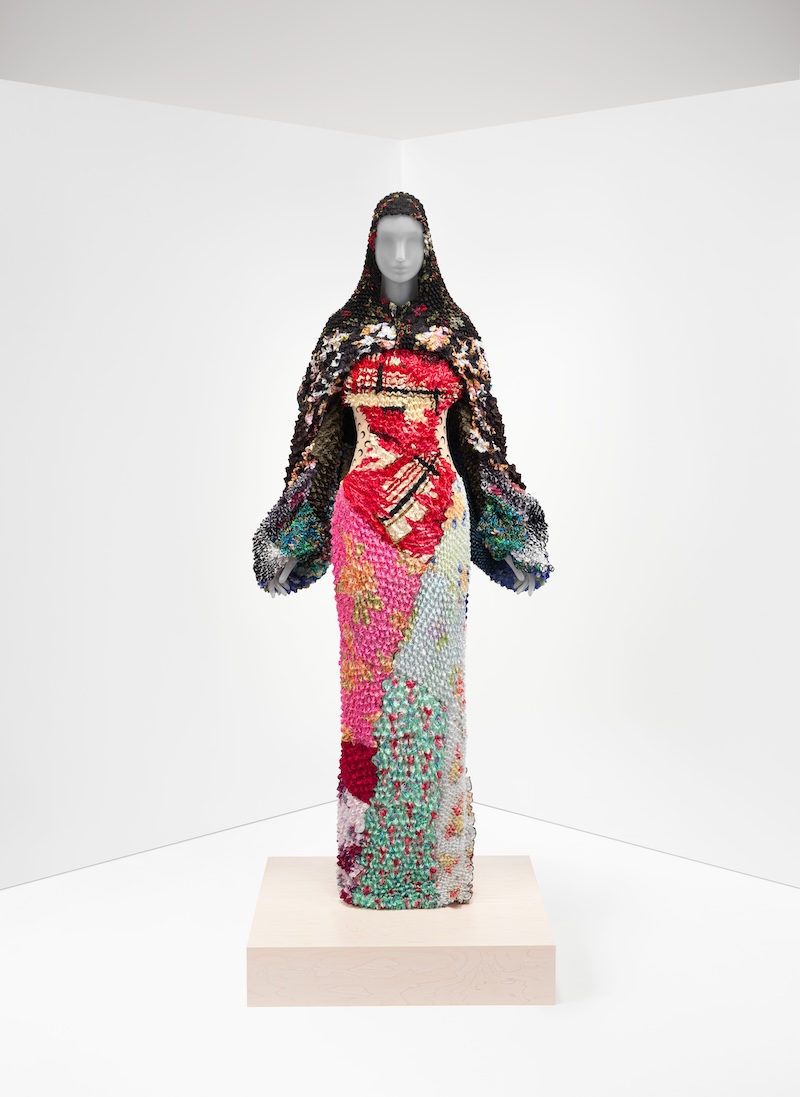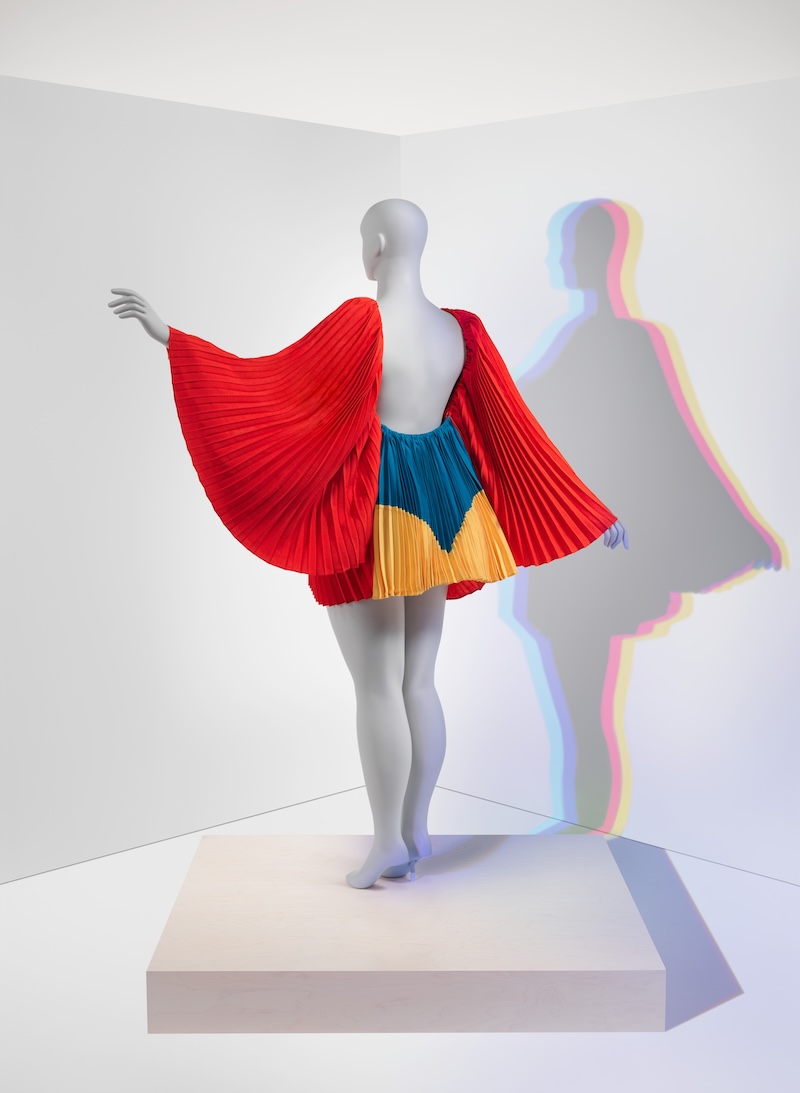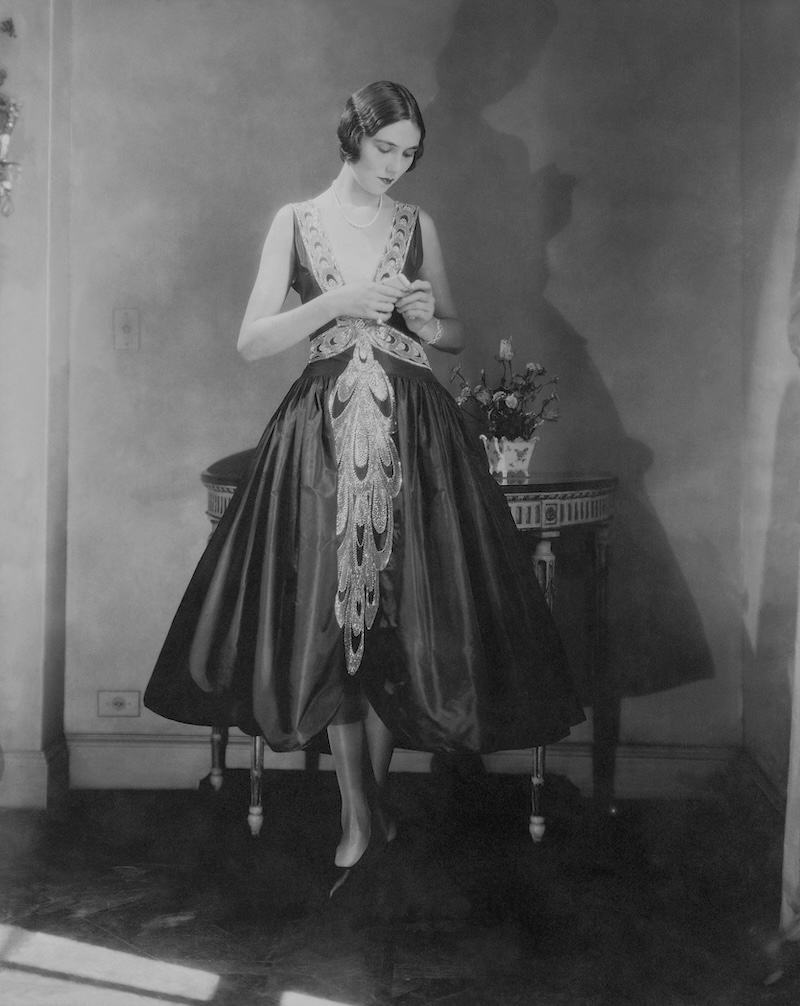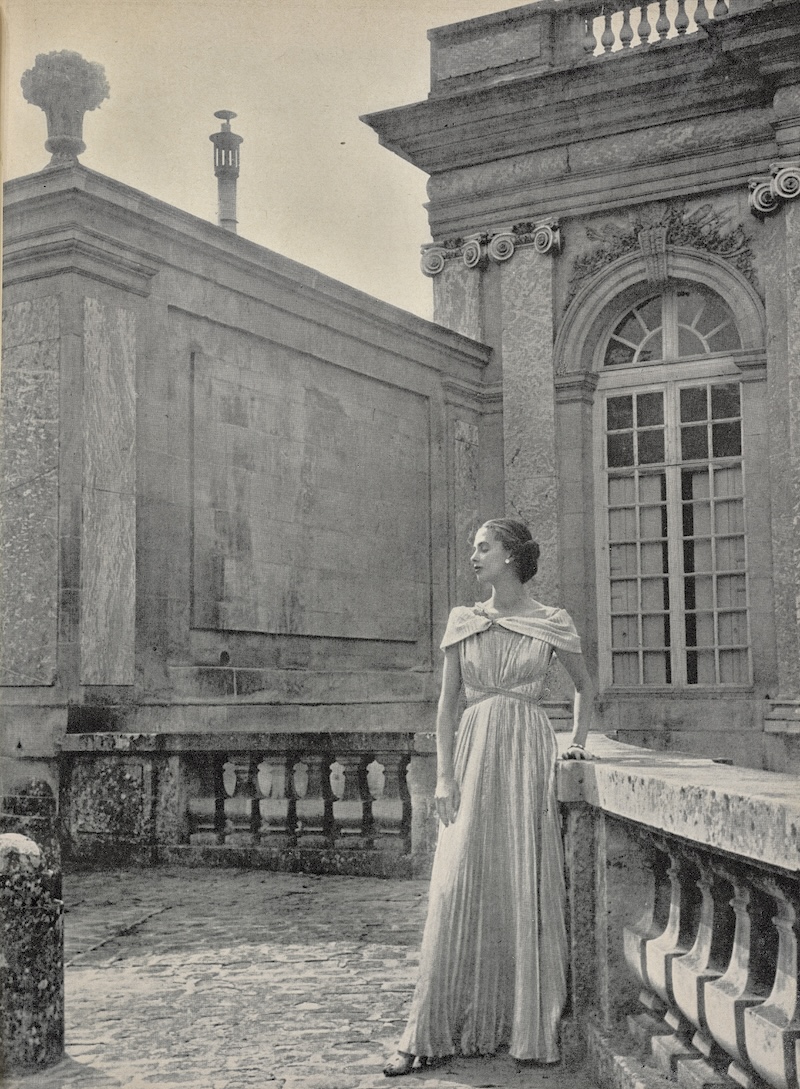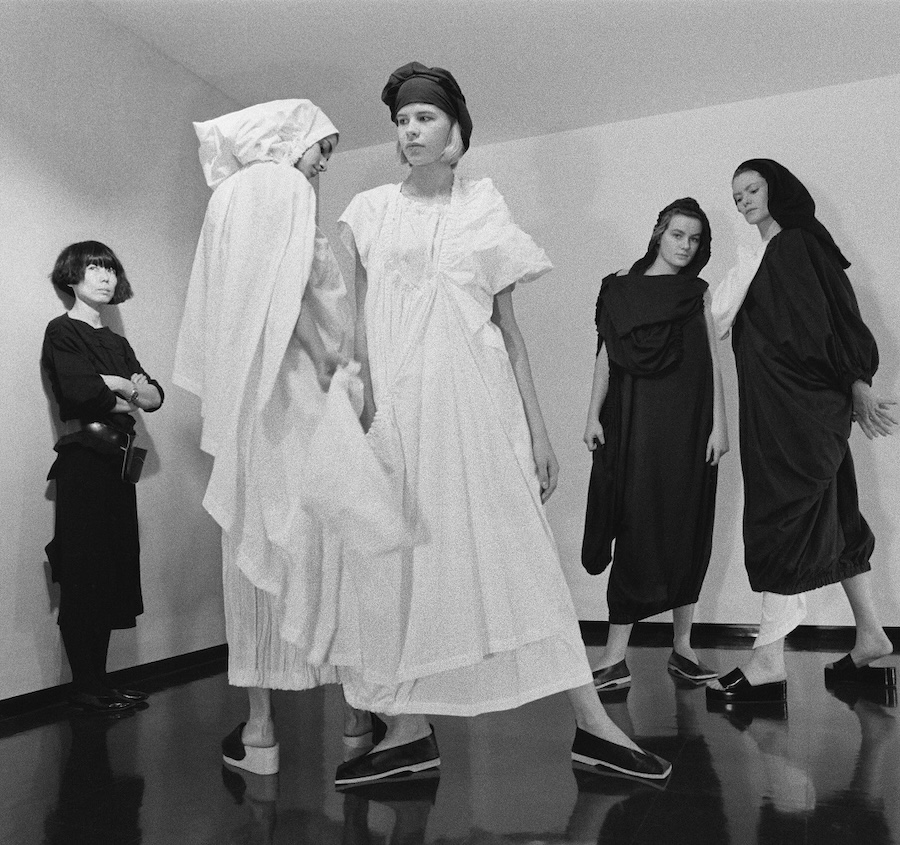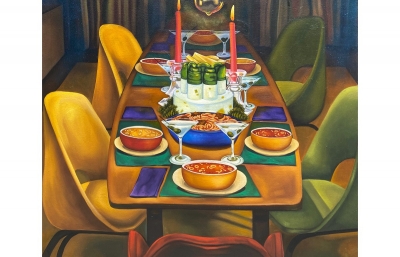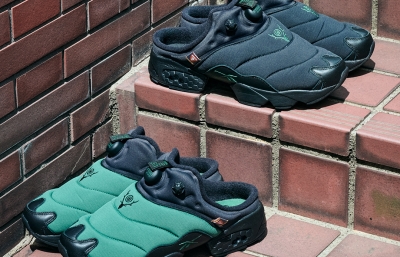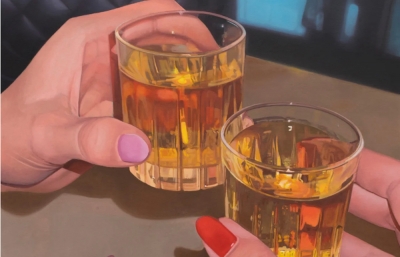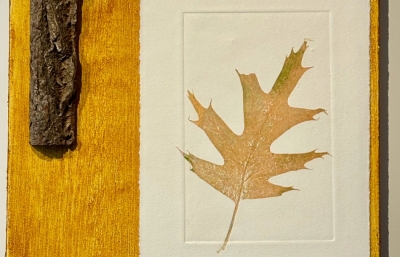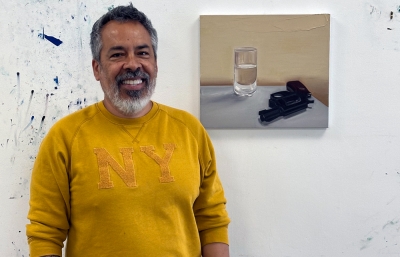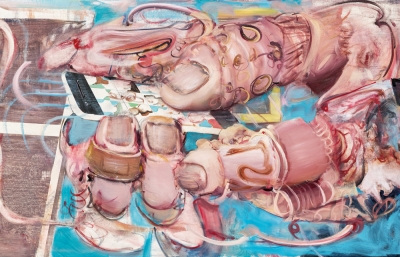No doubt, the Met Gala has produced unforgettable moments for female designers, like Go Pei’s sunny “omelette dress” worn by Rhianna, as well as the beaded black blazer conceived and sported by Stella McCartney. However, the big event is much more than a big event. It’s an important fundraiser for the Metropolitan Museum of Art’s Costume Institute, which can trace its origins to sisters Irene and Alice Lewisohon, who in 1915 established it as a closet of historical costumes for the Neighborhood Playhouse, one of New York’s first off-Broadway theaters. The collection grew so large and important that it formally became the Museum of Costume Art and later merged with the big mommy, the Met. Financially independent, it encompasses clothing and accessories to house “all epochs and all people... artists, art historians, craftsmen, and students of all kinds." While the Gala may not be open to many of us, the Metropolitan Museum of Art is, and Women Dressing Women is a matter of walking through the doors, or at least, getting a peek here. Conceived in conjunction with the centennial of the women’s suffrage centennial but detoured due to COVID, it now stands as a tribute all its own, where the collection illustrates the history of Western women’s fashion up to current designers. The late Cuban designer Isabel Toledo studied at the Institute, calling it “the place... where it became clear to me that fashion is, indeed, an art form.”
While the show displays approximately eighty stunning pieces from more than seventy 20th-century makers, it also documents the history of female fashion design dating back to the late 1800s, which is most definitely anchored in the makers (who still comprise 80 percent of the industry). In a collection of over 25,000—about 9000 unattributed—it’s no surprise that a perspective begins with the initial theme of anonymity. “Sewing, needlework of any kind except perhaps the making of men’s garments, has always been regarded as within women's ‘peculiar sphere’” wrote the early 20th-century economist Edith Abbott. And while male tailors maintained a stronghold on the production of fashion—in French society, they solely possessed the right to make fashionable dress—unrecognized seamstresses began to lobby for the privilege, and a guild of dressmakers was formed. Versailles and court dress gave way to ease and the kimono-like mantua, leading to a larger customer base. While this offered more economic advantage, the work was regarded as more technical than artistic; appreciation for embellishments and the intricacies of women’s clothing started to glean attention from individuals, maybe none as influential as Charles Worth, who considered himself an artist who presented his own vision to clients: “My business is not only to execute but especially to invent.” What better way to reap name recognition than to autograph one’s work? Stitching a signed waist tape to the waistband, though a far cry from today’s emblazoned logos, became standard practice, a way out of anonymity. And time to climb to the forefront.
A Constellation of Comets and Shooting Stars celebrates some “early adopters” who, as the industry expanded, trailblazed and staked their claims. Lucy Duff-Gordon, who would “never forget the wall of prejudice which I had to storm... old family friends came and solemnly warned me and my mother of the utter impossibility of me going into ‘trade’… the very word was spoken with bated breath.” was one of the first designers to realize the performative aspects of fashion, presenting a stage into the salon and including dance, music, and theater, in addition to writing about her work in magazines like Harper’s Bazaar. Jeanne Lanvin, the oldest of eleven and orphaned young, trained as a milliner at age 13. She later began to design children’s clothing, then women’s, specializing in the robe de style, which provided an expansive canvas for embellishments influenced by global art and costume history. Madeleine Vionnet also started early, as an apprentice at age 12, becoming one of the most inventive, trailblazing designers. Known for her architectural cut and unique pattern-making, she believed that “a dress must never be unplanned; it must be sincere, genuine, have a starting point, and develop the initial idea.” Equally important was their responsibility to her employees, which included well-lighted, ventilated, and comfortable worksites, as well as medical and childcare, paid vacation, a cafeteria, seed money for new births, and evening classes for those who wanted to improve their academic or dressmaking skills.
If you’re wondering when Gabrielle Chanel takes the stage, consider journalist Olga Drexel’s 1926 take on emancipation. “Ever since the early days of suffrage, women have been plunging ahead… flinging away everything stuffy, confining, and cramping, first from their clothes, then from their lives, and finally, and most important of all, from their minds.” Chanel, whose persona was as iconic as her designs, personified youth and effortlessness, rendering sportswear and menswear into women’s clothing and, in the process, popularizing the now ubiquitous little black dress. Another independent was the Italian “Schiap.” Former Vogue editor Bettina Ballard explained that "a Schiaparelli customer did not have to worry as to whether she was beautiful or not—she was a type... noticed wherever she went, protected by an armor of amusing, conversation-making smartness.” Whether predicting the camo influence in an evening dress or wearing a birdcage hat, the designs radiated confidence and a knowing smile. The intriguing Maria Monaci Gallenga began by creating what she called artistic dress for herself, emphasizing the joy of craftsmanship and historical methods, citing Medieval and Renaissance motifs that she insisted were “modern in inspiration.” She printed on velvet, worked with carved wooden blocks, and brushed metallic powdered pigments to create an ombre effect. Her space in Rome was a salon, welcoming colleagues from all artistic genres and furthering collaboration and visibility.
Enter the Americans: A former buyer for Bonwit Teller, Jodie Franklin Turner, motivated by her worldwide travels and visits to international museums, designed draped tea gowns and diaphanous flowy robes. As public as Franklin-Turner was private, Valentina (Schlee) modeled her own designs, though interestingly, she worked in monochrome fabrics with little embellishment in a style often called monastic—no padding or constraints! And now, consider two women who embraced ingenious comfort and adaptability and deserve more attention, as in Bonnie Cashin, who stated, “My clothes are not designed for women who think about nothing but clothes.” Starting as a designer on Broadway and in film, she moved to fashion, ushering in the idea of layering, for example, her “double coat,” a kimono-style wrap that slips over a sleeveless shell so they could be worn together or separately. She also introduced heavier materials like wool, mohair, and leather, generally used for outerwear, maintaining that her clothes were seasonless; in her words, “A good thing is a great thing forever.” Addressing a complete look, she collaborated with accessory and outerwear manufacturers, working as the first female designer at Coach, expanding it from a wallet company, and, among other innovations, using hardware trim and conceiving the bucket bag. Claire McCardell was another American who enjoyed geometric shapes. Think of four triangles cut on the bias, each dissected into three parts and reunited as a halter dress. She was pragmatic, creating the Nada frock—maybe her signature. Loathing how designers “laced women to breathless, leaving them unable to cross the street without help”, she was the ultimate pragmatist, creating the Nada frock, also called the Monastic. The press raved about how it “offered American women something they’d never had: independence in the form of a washable, ready-to-wear dress that could be belted wherever for comfort, capable of fitting any body size.” As she once wrote, “Most of my designs seem startlingly self-evident. I wonder why I didn’t think of them before.” 
Moving Horizons, covering 1968 to the present, highlights designers within our memory, or at least those who might be more familiar, and it bears some notable nuggets, such as Sonya Rykiel, who started to design during her first pregnancy, starting with a narrow-shouldered snug jersey dress that accentuates the form of the pregnant body. Betsey Johnson is still doing cartwheels in colorful costumey whimsey. Norma Kamali’s boutique was an art and fashion apex, a place for conversation and gender-fluid garments. Diane von Furstenberg introduced the affordable wrap dress because “women gravitate toward jerseys because they care about wearability and how it feels on the body rather than how it works.” Vivienne Westwood declared, “I just use fashion as an excuse to talk about politics. Because I’m a fashion designer, it gives me a voice, which is really good.” Katherine Hamnett championed the slogan tee: “Logo t-shirts are designed to put ideas in your brain. You can’t not read them. They make you think, and hopefully, do the right thing.” Miuccia Prada moved on from a doctorate in political science, rejecting the idea that “you have to be a doll to be beautiful. I want to be more clever, or more difficult, or more complicated.” Of Hanae Mori’s cross-cultural designs, journalist Suzy Menkes wrote that “no one has crossed the cultural divide with more skill and subtlety.” Donna Karan conceived her predominantly black “Seven Easy Pieces,” offering day-to-night minimalism. Jil Sander, the “Queen of Less,” went for the minimal: “I like women cool, never overdecorated.” Ann Demeulemeester, a good friend of Patti Smith’s, admits to continuously re-inventing the suit, “adjusting the balance, accentuating movement, imbuing the garment with nonchalance.” Autumn Randolph’s No Sosso’s community-based agender label is a “brand for everybody”. Rei Kawakubo designs “familiar shapes we see every day: a bike messenger with a bag over the shoulder, a baby on a mother’s arm.” Gabriela Hearst started her own sustainable ready-to-wear brand for climate-conscious women. With British Jamaican designer Grace Wales Bonner, Dior’s Maria Grazia Chiuri is “trying to create a brand that can have a dialogue with established brands but coming from a Black cultural perspective.” Native American Jamie Okuma, known for her beadwork, crafts art-to-wear, as in her parfleche dress inspired by the folded rawhide bags made by the Plains Indians. Adapting to current times, Anifa Mvuemba premiered her designs on Instagram during COVID on 3-D models. “When I open up a 3-D program, I start with a blank canvas, and I’m like, ‘What am I feeling? Where do I want to go?’” Her pleated Congolese dress has been worn by both Tracee Ellis Ross and Zendaya.
The exhibition wouldn’t be complete without addressing Absence/Omission, and perhaps none is as striking as Ann Lowe, who designed the wedding dress for the future First Lady Jacqueline Kennedy, a detail not given to the press at the time. Further back in history, it wasn’t discovered until recently that dresses collected by Mary Todd Lincoln were designed by Elizabeth Keckley, one of many Black designers and dressmakers not given attribution. Richmond, Virginia’s Fannie Criss designed for and dressed many wealthy white women, who donated those gowns to historic preservation, but without crediting the creator. In the 20th century, Black newspapers, magazines, and other media outlets (Ebony Fashion Fair!) began to document and honor their artists and makers, followed by “awakened” mainstream media. An exhibit such as Women Dressing Women may start with Anonymity and end with Omission, but it addresses the issues, documents the ascension of these designers, inspires the importance of even more research, and, in the end, honors the beauty of these works of art.
Women Dressing Women will be on view at The Met in New York from December 7, 2023–March 3, 2024 // This story was originally published in our Winter 2024 Quarterly

